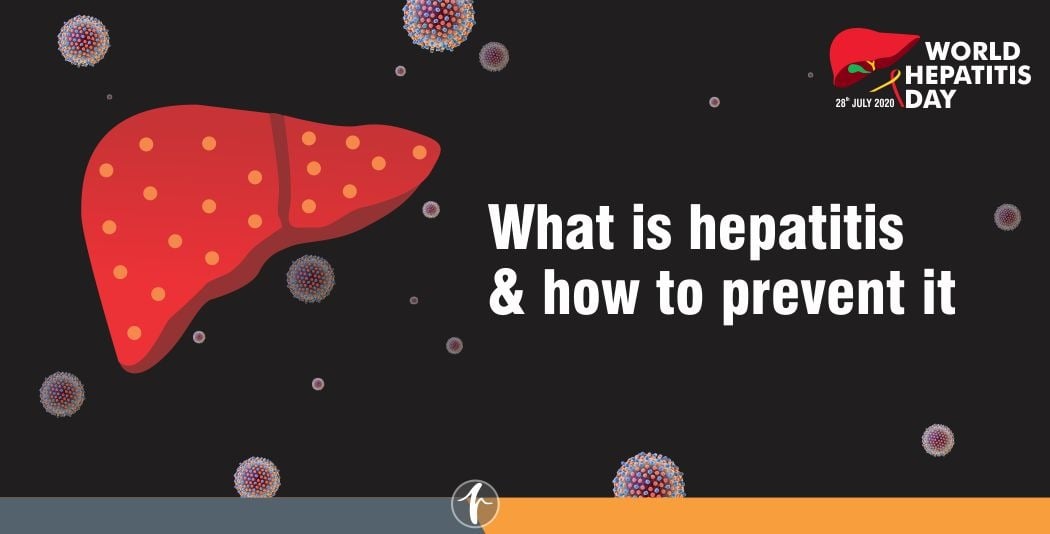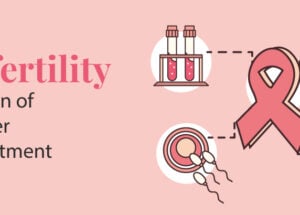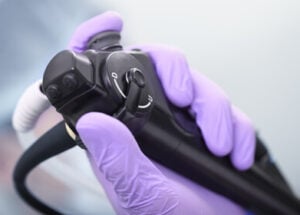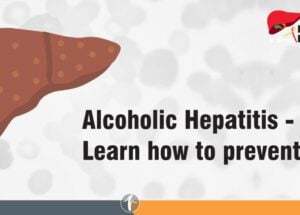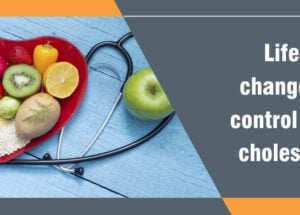Primary Biliary Cholangitis: Causes and Symptoms
April 8, 2025
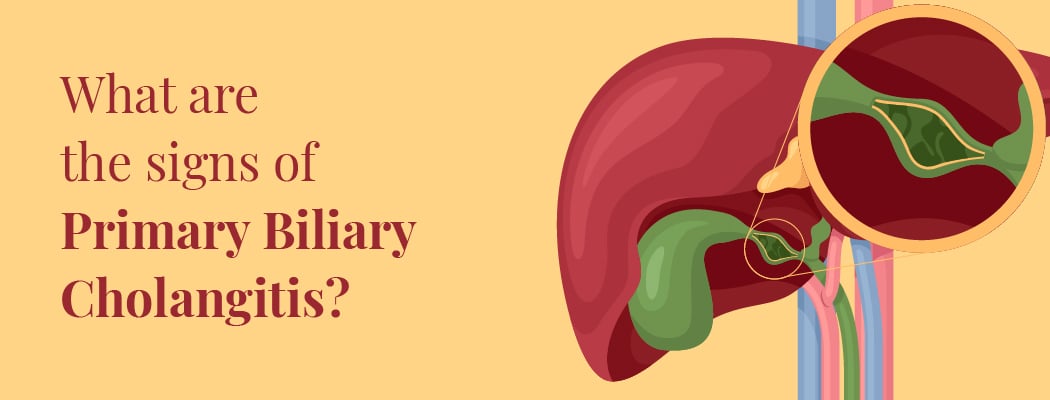
Biliary cirrhosis, also known as primary biliary cholangitis (PBC), is a condition that impairs the liver’s capacity to function. The bile ducts become harmed, irritated, and irreparably destroyed in persons with PBC. The bile ducts are minuscule tubes in the liver that transport bile, an ingredient required for food digestion, to other digestive system areas. When the bile ducts are ineffective, bile accumulates in the liver. In the liver, this buildup may result in liver scarring. The liver struggles to perform correctly as a result of cirrhosis. Since PBC is progressive, it deteriorates with time. If it is not treated, cirrhosis can cause liver failure and possibly be fatal.
Causes
According to doctors, the cause of PBC is unknown. Some specialists say it could be caused by an immune system issue in which the body’s healthy cells are attacked. Doctors think the immune system harms the bile ducts in PBC. Some PBC sufferers also have other autoimmune disorders, even though no identified etiology exists. These ailments include celiac disease, thyroid disorders, scleroderma, Raynaud’s disease, and autoimmune hepatitis. In people with PBC, frequent urinary tract infections are also common. Conditions, smoking, and exposure to specific chemicals may also contribute to the development of PBC.
Signs and Symptoms
Early on, PBC affects many people without showing any symptoms. When a patient is examined and reviewed by a doctor for another ailment, they can realize they have the condition. People who are afflicted may initially encounter symptoms such as:
- Tiredness (fatigue).
- Skin itch (pruritus).
- Abdominal pain.
- Darkening of the skin.
- Under the skin or around the eyes, there may be little yellow or white pimples.
- Dry mouth and eyes.
- Joint and muscle aches.
Additional signs and symptoms of PBC in its latter stages include:
- The whites of the eyes and skin become yellow.
- Legs, ankles, and feet swelling (oedema).
- Abdominal swelling as a result of fluid retention.
- Internal bleeding from swollen veins in the upper stomach and lower oesophagus (varices).
- Nausea.
- Weight loss.
- Dark-coloured urine.
Stages
Four stages make up PBC. They depend on how much liver damage has occurred.
Stage 1: The walls of the medium-sized bile ducts are inflamed and damaged.
Stage 2: The tiny bile ducts are blocked.
Stage 3: At this stage, scarring starts to appear.
Stage 4: Cirrhosis. The liver has been severely and permanently damaged.
Risk Factors
Doctors have discovered specific genes that tend to increase a person’s risk of developing PBC. PBC can develop in individuals with these genes when they are exposed to particular environmental conditions.
Additional risk elements consist of:
- Being between the ages of 30 and 60
- Smoking cigarettes
- Having parents or siblings with PBC
- Being exposed to particular chemicals
Diagnosis
A doctor will inquire about your medical and family history, perform a physical exam, order blood tests, and perform other tests to diagnose PBC. The anti-mitochondrial antibody is a specific chemical that doctors seek in the blood using a blood test (AMA). Almost invariably, the presence of this chemical indicates PBC. In addition, patients with PBC may have other blood test results showing higher than normal liver enzymes, cholesterol, and triglycerides levels, which are more elevated than normal levels of liver enzymes, cholesterol, and triglycerides. Additionally, liver-specific blood testing will be examined.
If you have PBC, your physician may perform an ultrasound examination that produces images of your liver and bile ducts. In addition, doctors can see any other problematic liver conditions using an ultrasound. To confirm the diagnosis, a doctor will occasionally do a liver biopsy. In this test, your doctor uses a tiny needle to take a little piece of liver from your body and examine it under a microscope.
Prevention
PBC cannot be prevented because doctors do not know what causes it. However, there are things you may take to lessen liver damage, such as:
- Stop taking illegal substances, drinking alcohol, and smoking cigarettes.
- As your doctor has prescribed, take all medications.
- Consume a nutritious, balanced diet.
- Exercise regularly, such as walking.
- Vitamin A, D, E, and K-rich meals and supplements are healthy food options. Additionally, calcium and vitamin D diets may help fend off osteoporosis. For diets high in these vitamins and minerals, see your doctor.
- Raw shellfish should be avoided due to the possibility of bacteria, and foods heavy in salt, oil, and carbohydrates, particularly those with added sugars, should also be avoided.
How likely is it that someone with biliary cholangitis will recover?
Chronic and progressive PBC. It is incurable and, over time, might cause irreversible liver damage. However, PBC frequently develops gradually. This implies that you might have few symptoms and live a long, healthy life. As soon as symptoms appear, medication may help you manage them.
The outlook for those with PBC has improved recently because of better medications. A normal life expectancy is more likely to be achieved by those who react to treatment earlier in the illness. According to the American Liver Foundation, ursodiol is effective for roughly 50% of users. For the remainder, liver damage can persist. You’ll require a liver transplant if your liver sustains enough damage to no longer function correctly.
Follow your doctor’s advice for treatment to have the best outlook possible. Maintain your health through food, exercise, and giving up alcohol and smoking.
Whom to Consult?
If you’re diagnosed with primary biliary cholangitis, you may be referred to a doctor who specializes in digestive system disorders (gastroenterologist) or liver diseases (hepatologist).
Frequently Asked Questions
1. How long can you live with biliary cholangitis?
Years may pass before biliary cholangitis manifests any symptoms for those diagnosed with PBC in its early stages. However, the typical life expectancy is 10 to 15 years if the condition is not identified early enough or treatment is not started.
2. What is biliary cholangitis associated with?
Thyroid issues, limited scleroderma (CREST syndrome), rheumatoid arthritis, dry mouth (Sjogren’s syndrome), and rheumatoid arthritis are all linked to biliary cholangitis.
3. Is biliary cholangitis curable?
No, biliary cholangitis has no known cure; however, some medicines can help slow the disease’s course and minimize complications.
4. Can you live a whole life with PBC?
Medication is available to delay the progression of PBC, an autoimmune illness that cannot be prevented or cured. However, with the proper care, many people with PBC have typical, healthy lives.
5. How quickly does PBC progress?
Although the rate of progression varies, PBC typically advances to terminal stages over 15 to 20 years. For many years, PBC might not have impacted the quality of life. Patients who initially don’t have any symptoms often start to experience them 2–7 years later, though this can sometimes take 10–15 years.
6. What is the difference between primary biliary cholangitis vs. primary sclerosing cholangitis?
While PBC and PSC may appear alike, they are actually separate conditions with significant differences in their characteristics and impact. PBC affects only the intrahepatic bile ducts, which are located inside the liver. In contrast, PSC impacts all bile ducts, both inside (intrahepatic) and outside (extrahepatic) the liver. These conditions also tend to affect different groups of people. Notably, PBC can be managed with medication, while PSC currently has no effective medical treatment.


